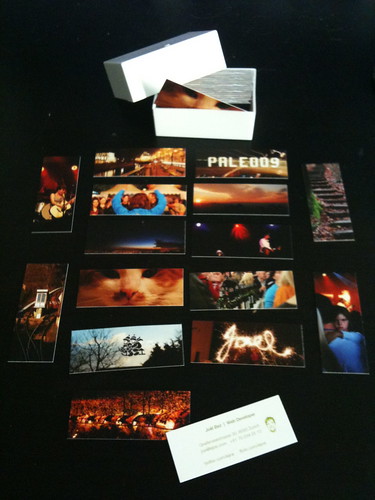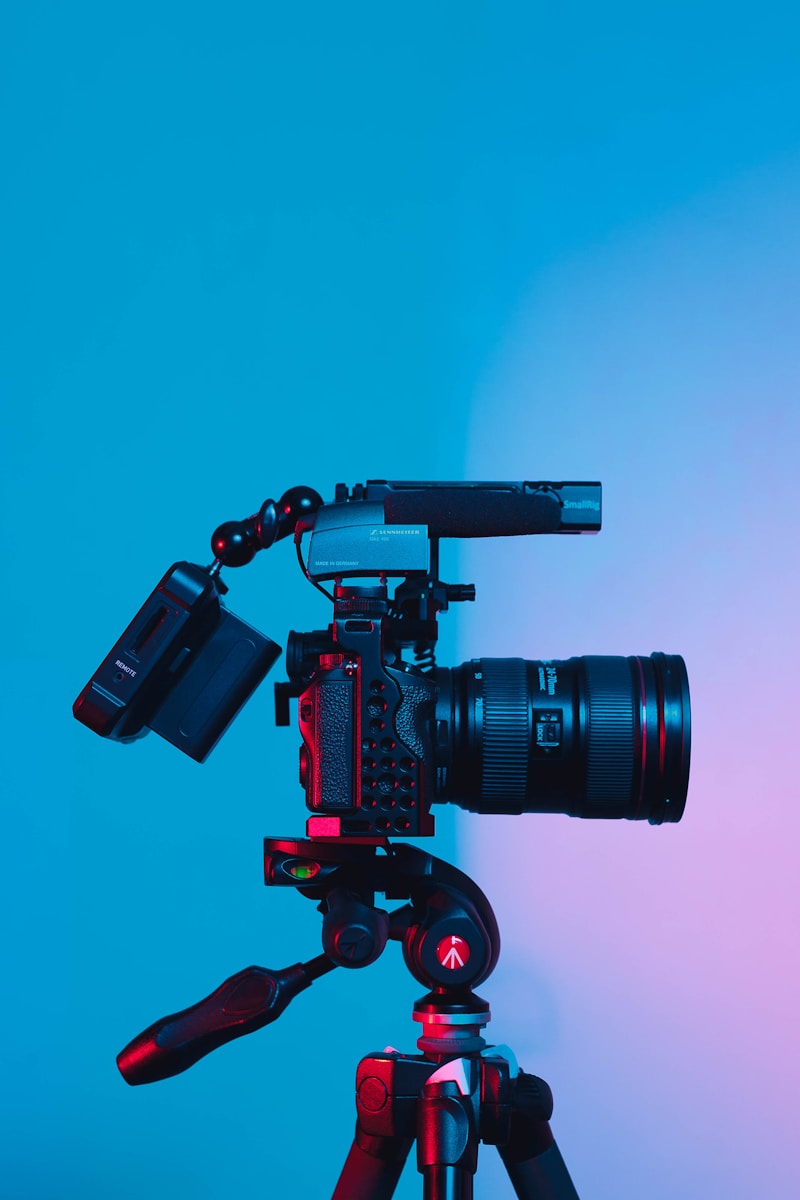There are a number of reasons why a photographer would want — or need — to put together a portfolio of his or her work. You may need to bring one along for a job interview; it could be part of the admissions requirements for school; you’ll definitely need to present a portfolio if you’re trying to get your work shown in a gallery. Or, perhaps, you just want to put one together for your own satisfaction.
Each of these is a perfectly legitimate reason, but it is important to keep in mind that the intended purpose of your portfolio is going to dictate, to some extent, what your portfolio consists of. A portfolio aimed at getting your work into an exhibition might showcase thematic elements, whereas a portfolio for a job interview might focus on specific technical skills.
You have to know your audience and respond accordingly. But there are some broad principles that you can follow when building a portfolio to ensure your collected work is a success no matter who you’re presenting it to.
1. Select the Best. Quality control can’t be an afterthought. Make sure the photos you select are your very best. If you find yourself saying, “This one’s okay, I guess,” then it’s not okay. Be sure that you present only your strongest work, work that will make people want to see more.
2. Keep the Rhythm. Your portfolio should have a rhythm to it. Once you have settled on what to include, you’ll need to present those photos in a meaningful arrangement. There are times when random just feels random and it doesn’t work. Get a rhythm going and keep it going; consistency is important. Don’t think it’s okay to start strong and end strong while stuffing the middle with uninspired filler.
3. Emphasize the Total Visual Experience. Obviously, the aesthetic qualities of the portfolio itself count a lot. It’s not only about having top quality photos, you’ve got to provide a high end viewing experience as well. This is especially true if you’re building a print portfolio. A file folder and paper clips are not going to cut it. Use high quality materials that look good and feel good in hand. For the photos themselves, decide on what size and orientation are a best fit, and make sure you use an expert printing service. You want people to enjoy your total presentation.
4. Edit for the Medium. Preparing photos for the Web and preparing photos for print are different processes that take different factors into account; you’ll need to be a bit more exacting when preparing photos for print. A photo that looks good on the Web can’t simply be printed “as-is.” Screens tend to be more forgiving than large panels of matte photo paper. Also, the arrangement/layout of your photos may be different; what makes sense in one medium might not make sense for the other.
5. Get Some Perspective. Sometimes the best way to gain meaningful insight on something is to remove yourself from it. Before you decide that your portfolio is “perfect,” take a break from it; deliberately and totally avoid it for a little while. When you return to it, you will likely see things you want to change that you’ve changed your mind about or overlooked the first time around. If you feel it’s necessary, repeat this process until you’re satisfied with the final product.
6. Hold Yourself Accountable. If you don’t like the design of your portfolio or the images within it, there’s only one person who can do something about it: you. Don’t fret over having to return to the drawing board.
7. Your Portfolio is You. Regardless of what specific purpose or audience for which you are building a portfolio, make sure it represents who you really are and what you love about photography.









2 Comments
Good info – wish you had a G+ share button 🙂
Hi Jason D. Little
You are complete right about creating a portfolio. It is a very personal statement and you will enjoy the process to a degree you will probably never forget.
By choose, sort, describe, group, filter, you will learn something important about what and who you are.
I must admit, I have never complete finished that work.
Steen Andersen ©
I would have added an image for you here, but there is no mention of which url I should give…